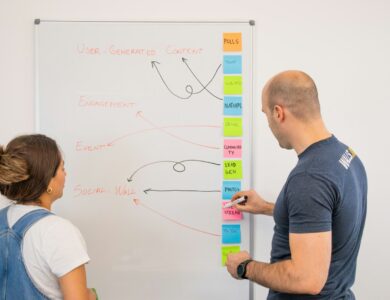
Introduction:
Group decision-making is essential in collaborative learning—but it can quickly become inefficient or contentious without structure. Whether choosing a project direction, solving a problem, or dividing tasks, making decisions together requires clarity, empathy, and facilitation. This article explores how to guide groups from discussion to consensus—and beyond.
The Importance of Collaborative Decision-Making:
When learners participate in decisions, they:
- Feel ownership and accountability.
- Improve critical thinking and negotiation skills.
- Build trust and team cohesion.
However, poor group decisions often stem from:
- Dominant voices overriding others.
- Groupthink and lack of dissent.
- Unclear goals or timelines.
Decision-Making Models for Groups:
- Consensus:
All members agree (or can live with) the decision. Slower, but fosters unity. - Majority Vote:
Quick and efficient, but risks marginalizing minority views. - Leader Decides After Input:
Efficient in time-sensitive tasks. Good when clear expertise is needed. - Delegated Decision:
One or more individuals decide on behalf of the group (useful for specific roles).
Facilitating the Decision Process:
- Clarify the Decision: What are you trying to decide? What criteria matter?
- Explore Options: Brainstorm freely, then evaluate with a rubric or rating system.
- Surface Concerns: Ask, “What might go wrong?” or “What are the trade-offs?”
- Gauge Support: Use Fist-to-Five voting to quickly assess consensus.
- Document and Review: Record the final choice and the reasoning behind it.
Avoiding Pitfalls:
- Don’t rush. Silence and pause create space for deeper input.
- Assign a decision facilitator to manage time, participation, and focus.
- Revisit the decision if new information arises.
Conclusion:
Collaborative decision-making isn’t just about agreement—it’s about thoughtful action. When learners experience fair, inclusive, and effective processes, they carry those skills into every part of their lives. Structure the process, invite every voice, and empower the group to act with clarity.




